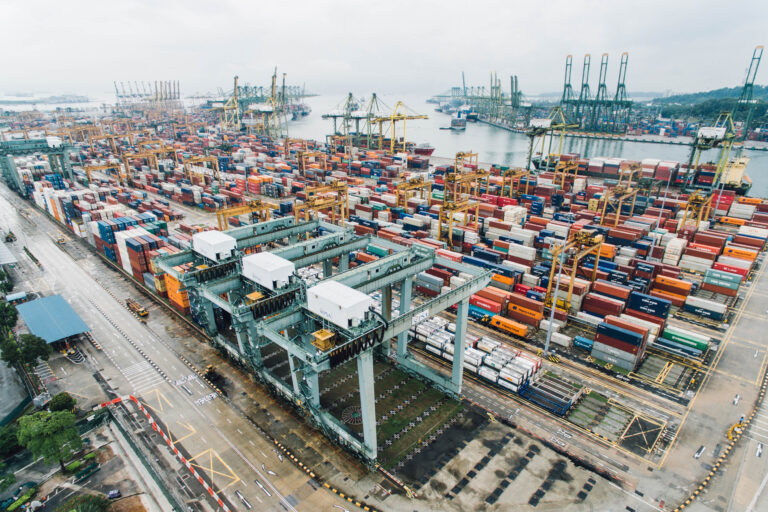Hybrid threat actors exploit vulnerabilities in infrastructure and the economy through means such as cyberattacks, economic coercion, and supply chain disruptions. Critical infrastructure — including sectors such as energy, banking, transport and healthcare — faces targeted attacks aimed at destabilizing societies and weakening resilience. The maritime domain and undersea critical infrastructure pose specific challenges when it comes to protecting them from malign interference.
Economic hybrid threats include malign foreign investments, financial manipulation, and coercive dependencies that undermine sovereignty. Strengthening legal safeguards, public-private cooperation, and international coordination among EU and NATO member states is essential to counter these risks.
Learn about the topics under this theme
Related news and publications

 Hybrid CoE Research Report 14
Hybrid CoE Research Report 14Protecting maritime infrastructure from hybrid threats: legal options

 Hybrid CoE Working Paper
Hybrid CoE Working Paper Hybrid CoE Working Paper 34: Uncrewed maritime vessels: Shaping naval power in hybrid threat operations

 Hybrid CoE Strategic Analysis
Hybrid CoE Strategic Analysis Hybrid CoE Strategic Analysis 35: Lessons learned from Western sanctions on Russia: Knowing your target well

Wargaming courses focus on resilience of critical infrastructure

 Hybrid CoE Working Paper
Hybrid CoE Working Paper Hybrid CoE Working Paper 25: Chinese economic coercion in Southeast Asia: Balancing carrots and sticks

The CORE model – a useful tool for rethinking resilience comprehensively

Of waning certainties and rising risks: CoE experts delineate economic trends and hybrid threat activities

 Hybrid CoE Trend Report
Hybrid CoE Trend Report Hybrid CoE Trend Report 10: Threat potential in the economy: from vulnerabilities to China’s increased coercion
Related functions
Get to know all our themes
The Centre focuses on diverse aspects of hybrid threats – from soft power to military means, and from policy to practical questions.






